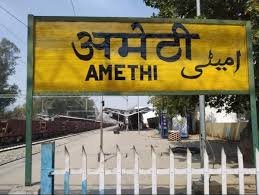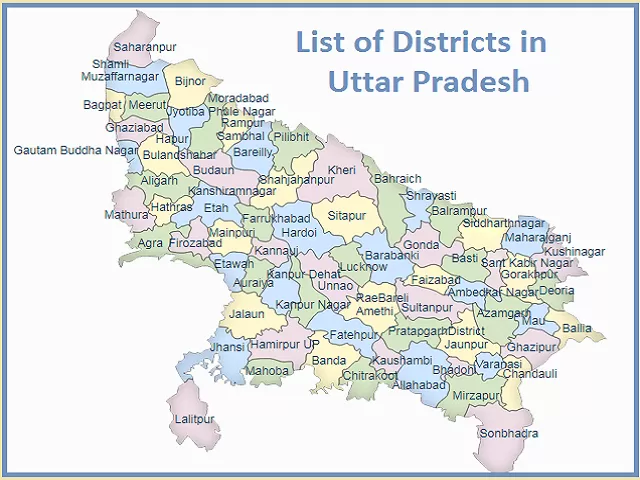Renaming of Eight Railway Stations in Amethi, Uttar Pradesh
The government of Uttar Pradesh has recently approved the renaming of eight railway stations in Amethi district. This decision comes as part of a broader initiative to honor local leaders and historical figures. The renamed stations pay homage to prominent personalities who have made significant contributions to society. This move not only reflects a sense of regional identity but also aims to celebrate the rich cultural heritage of the region.
The renamed railway stations include Salon as Pandit Deen Dayal Upadhyaya Nagar, Amethi as Shri Ram Janmabhoomi, Musafirkhana as Banshidhar Nagar, Fursatganj as Lav Bhagat Tiwari, Gauriganj as Raja Suheldev Nagar, Jagdishpur as Shri Ram Naik Nagar, Lalganj as Kishorilal Nagar, and Tiloi as Maharishi Valmiki Nagar. Each of these new names holds significance in the local history and ethos, thereby resonating with the sentiments of the people.
This decision has sparked both appreciation and criticism from various quarters. While some view it as a positive step towards honoring local heroes and preserving cultural identity, others express concerns about the cost involved in changing signage and the potential confusion it may cause among travelers. Nonetheless, the government remains steadfast in its commitment to implementing the renaming process smoothly and efficiently.
In conclusion, the renaming of these railway stations in Amethi, Uttar Pradesh, is a testament to the region’s rich cultural heritage and the government’s efforts to acknowledge the contributions of local luminaries. It reflects a blend of tradition and progress, paving the way for a renewed sense of pride and identity among the residents.

Why this News is important
Recognition of Local Heroes
The decision to rename these railway stations highlights the significance of honoring local leaders and historical figures who have played pivotal roles in shaping society. By renaming the stations after them, the government seeks to celebrate their contributions and preserve their legacies for future generations.
Cultural Identity Preservation
The renaming of the railway stations reflects a broader effort to preserve the cultural identity of the region. By choosing names that resonate with the local history and ethos, the government aims to instill a sense of pride and belonging among the residents, while also showcasing the rich cultural heritage of Amethi district.
Historical Context
The renaming of railway stations in Amethi, Uttar Pradesh, is part of a larger trend across India where significant landmarks are being renamed to honor local leaders and historical figures. This trend gained momentum in recent years as various state governments sought to assert regional identities and pay homage to revered personalities.
Key Takeaways from “Renaming of Eight Railway Stations in Amethi, Uttar Pradesh”
| Serial Number | Key Takeaway |
|---|---|
| 1. | Eight railway stations in Amethi, UP, renamed. |
| 2. | Renaming done to honor local leaders and figures. |
| 3. | Stations renamed after significant personalities. |
| 4. | Move aims to preserve cultural identity. |
| 5. | Decision receives mixed reactions from public. |
Important FAQs for Students from this News
Q1: Why were the railway stations in Amethi, Uttar Pradesh, renamed?
A1: The railway stations were renamed to honor local leaders and historical figures who have made significant contributions to society.
Q2: How many railway stations were renamed in Amethi district?
A2: Eight railway stations were renamed in Amethi district as part of this initiative.
Q3: What are some of the new names of the railway stations?
A3: Some of the new names include Pandit Deen Dayal Upadhyaya Nagar, Shri Ram Janmabhoomi, and Raja Suheldev Nagar, among others.
Q4: What are some concerns regarding the renaming process?
A4: Some concerns include the cost involved in changing signage and the potential confusion it may cause among travelers.
Q5: What is the broader significance of this renaming initiative?
A5: This initiative reflects efforts to preserve cultural identity, honor local heroes, and instill a sense of pride among residents.
Some Important Current Affairs Links


















